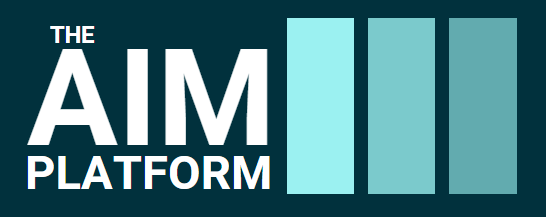AIM Platform Standard and Guidance Guiding Principles
The Advanced and Indirect Mitigation (AIM) Platform is a cross-sectoral initiative focused on addressing overarching barriers to corporate value chain decarbonization. As a first step towards achieving this vision, the AIM Platform Governing Committee has been convened to guide the development of the AIM Standard and Guidance - a credible approach to accounting, reporting, and claiming the results of value chain interventions that do not currently show up in a GHG Protocol-aligned scope 3 inventory. The lack of such guidance is a significant barrier to expanded investment in all sectors today, in particular the hardest to decarbonize sectors.
The AIM Platform Governing Committee is releasing its “Guiding Principles” found below to indicate the direction of travel of its work to develop the Standard and Guidance. Emphasizing that a list of principles cannot answer all questions regarding the final Standard and Guidance, the Governing Committee would like to add a few additional notes up front to aid understanding:
1) In this document, the term “intervention” is used to refer to any action taken by a company to address its scope 3 emissions, i.e., indirect emissions from its value chain, including, for example, monetary support for a discrete decarbonization project and the purchase of an environmental attribute certificate, regardless of the accounting approach implicated (i.e. project based or inventory accounting).
2) In this document, the concept of “within the value chain[1]” is used broadly to refer to the type of good or service contained in a company’s scope 3 GHG inventory, not necessarily to a specific value chain partner (e.g. supplier). Further clarity on when an intervention could be considered “within the value chain” will be provided in subsequent AIM Platform outputs.
[1] Taking place “within the value chain” is expected to be the central requirement but not the only requirement that must be met in order for an intervention to count towards climate targets, according to the AIM Standard and Guidance. Additional requirements will be elaborated.
The AIM Platform Standard and Guidance is being developed with the goal of driving value chain interventions that:
Contribute to the decarbonization of sectors, activities and emissions sources included in the reporting company’s scope 3 GHG inventory.
Contribute to meeting a company’s climate targets[1], including through the use of market-based[2] methods.
Result in emissions impacts that are transparently reported within a public GHG emissions report.[3]
Use credible and appropriate accounting and reporting approaches[4], respecting the principles of transparency, completeness, measurability, accuracy, consistency, conservativeness and comparability.
Strike a balance between supporting broad sectoral decarbonization and individual company value chain decarbonization.
Are complementary to supplier engagement as part of a company’s climate strategy.
Utilize best practice monitoring, reporting and assurance systems and procedures.
Avoid negative and contribute to positive social and environmental impacts.
Invest in technologies and/or processes that avoid locking in levels of GHG emissions, technologies or carbon-intensive practices that are incompatible with the objective of achieving net zero GHG emissions by mid-century.
Contribute to a shared evidence base in order to inform improvement of the AIM Standard and Guidance and drive greater value chain mitigation over time.
[1] Including but not limited to targets validated under the Science Based Targets initiative.
[2] The term “market-based method” used here refers to the decoupling of a physical good or service from its environmental attributes to enable them to be purchased or acquired and accounted for separately. It does not necessarily indicate the trading of such units on an open market or exchange.
[3] A public GHG emissions report includes but is not limited to inventory emissions. The required and optional information for such a report is contained within Chapter 11.1 and 11.2, respectively, of the GHG Protocol Corporate Value Chain (Scope 3) Accounting and Reporting Standard.
[4] While use of inventory accounting approaches aligns with existing guidance, the AIM Governing Committee is exploring how and when project-based methods may be appropriate, and the implications of using such approaches on reporting results in relation to achievement of or progress towards a climate target.


